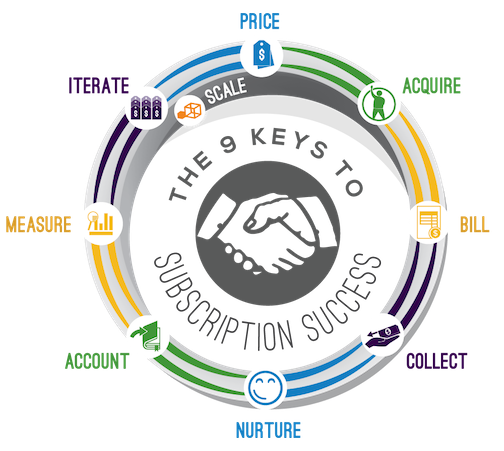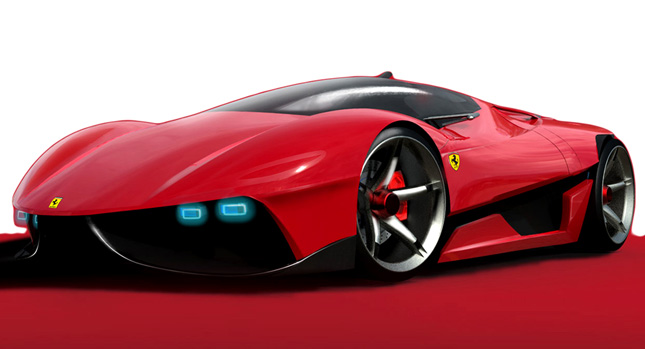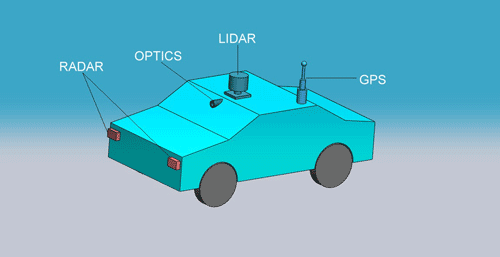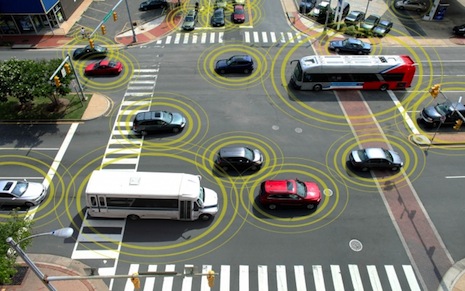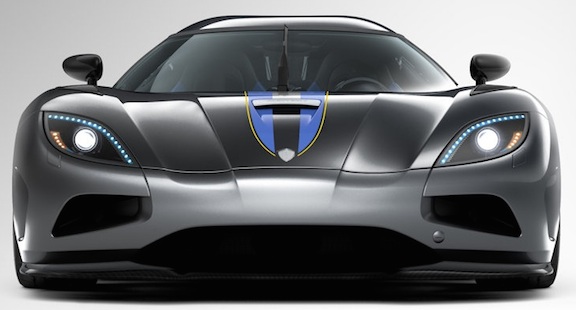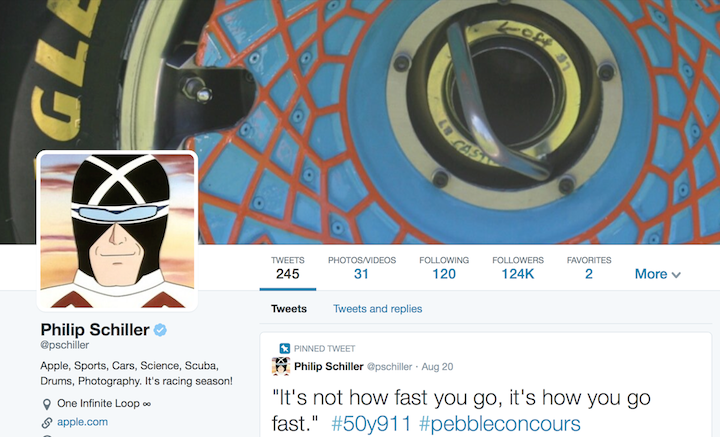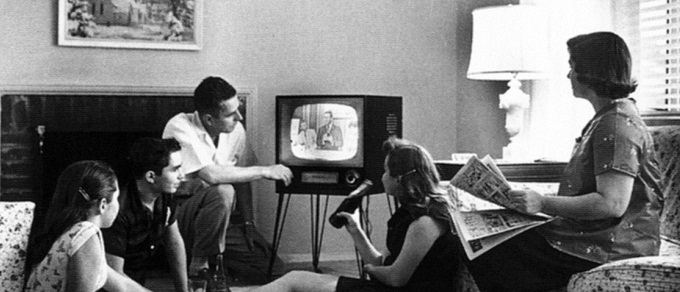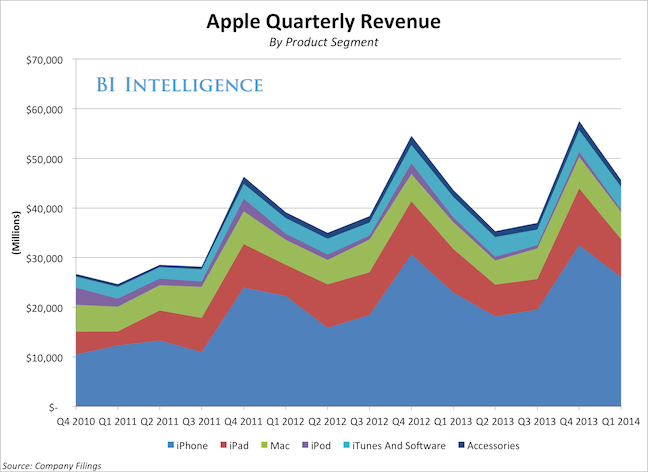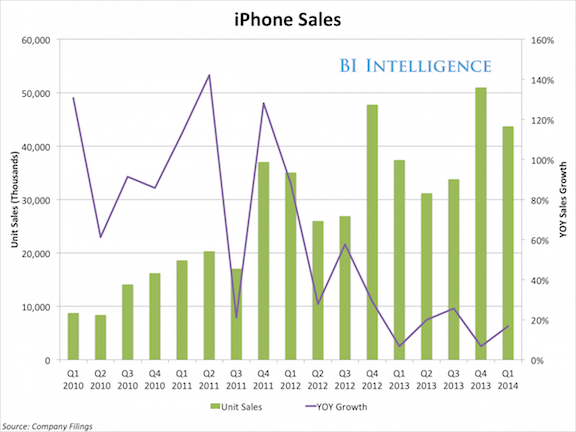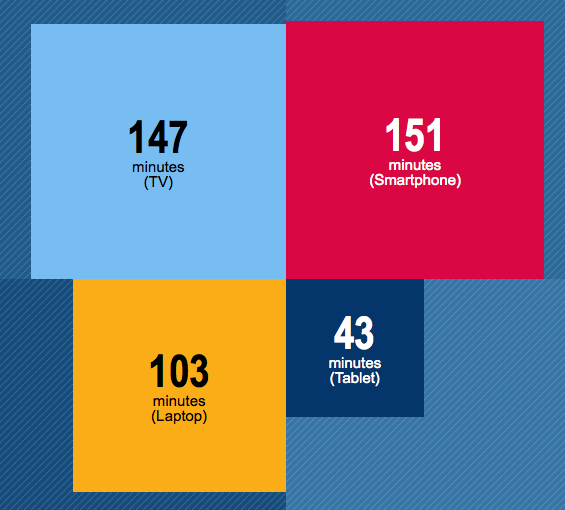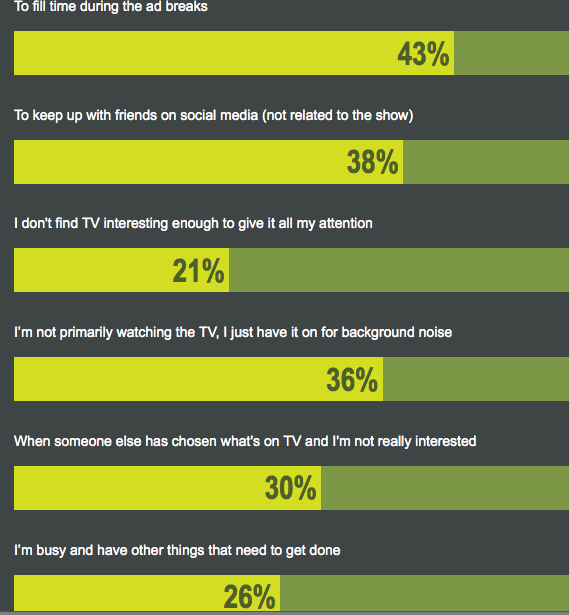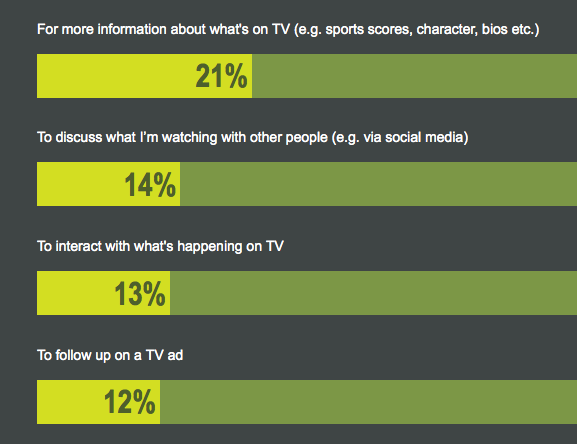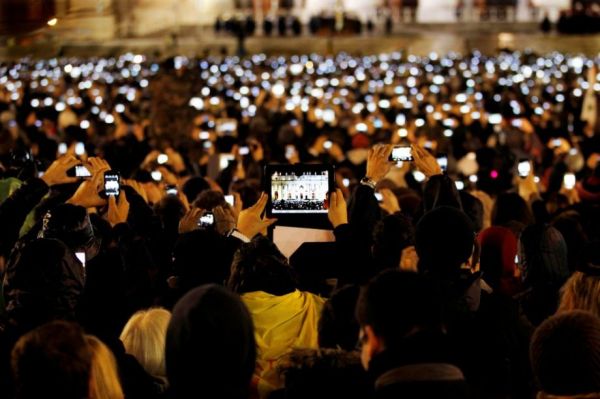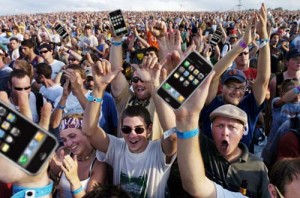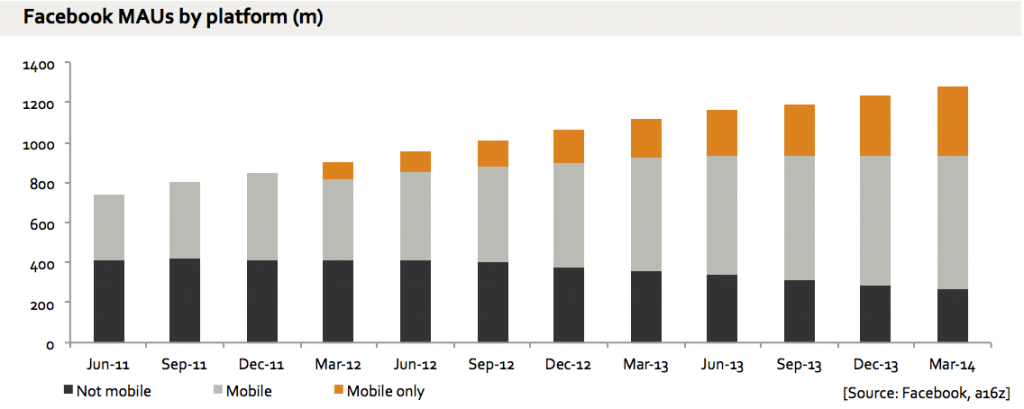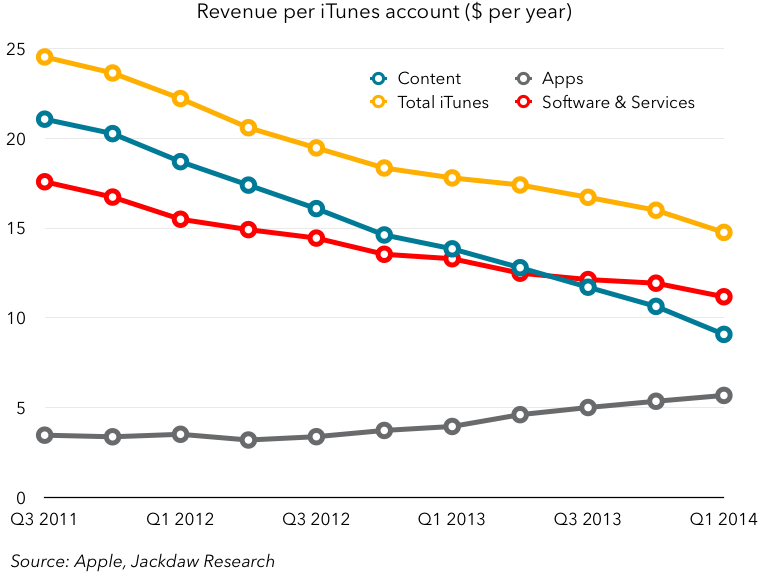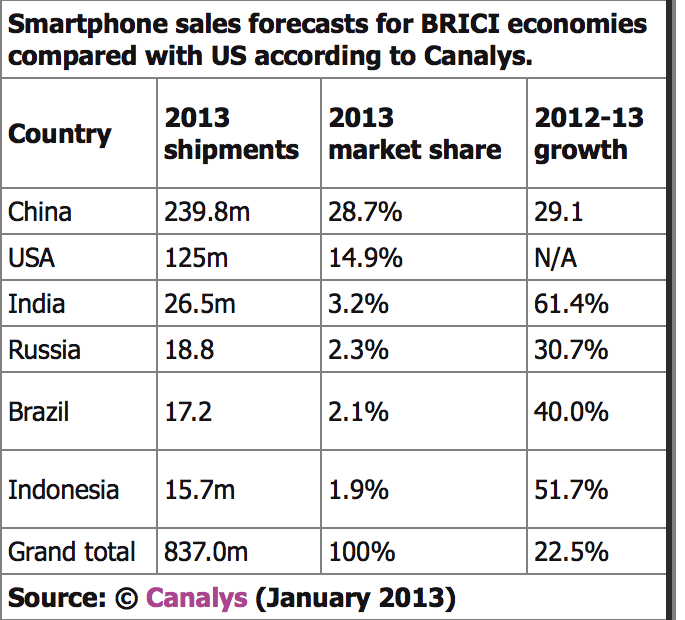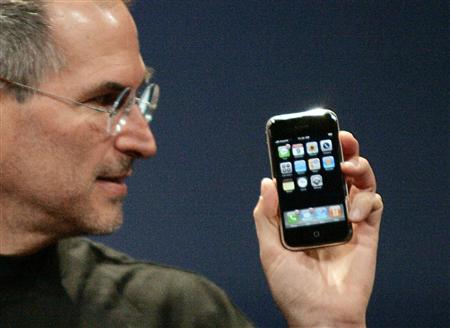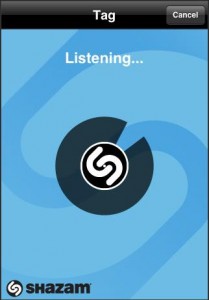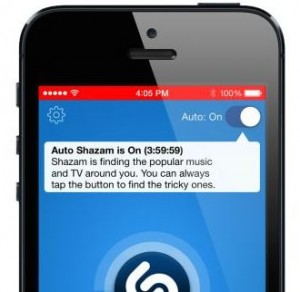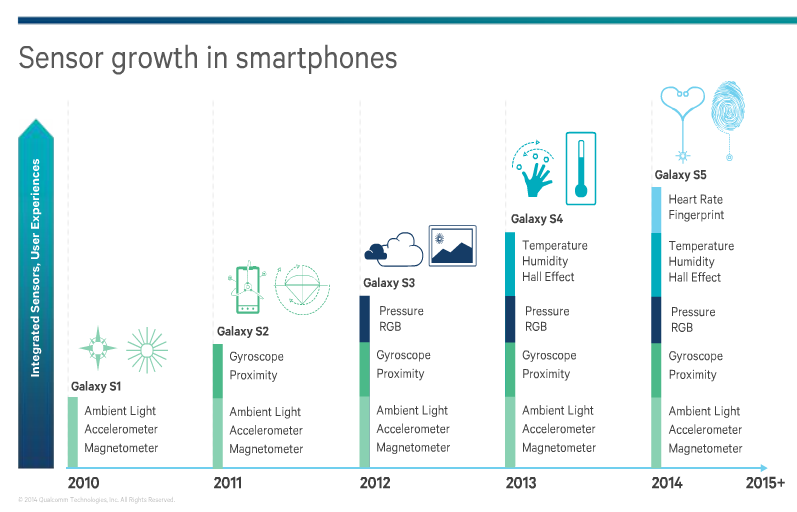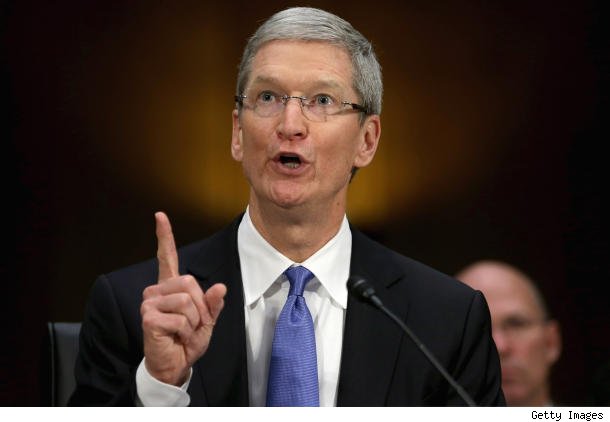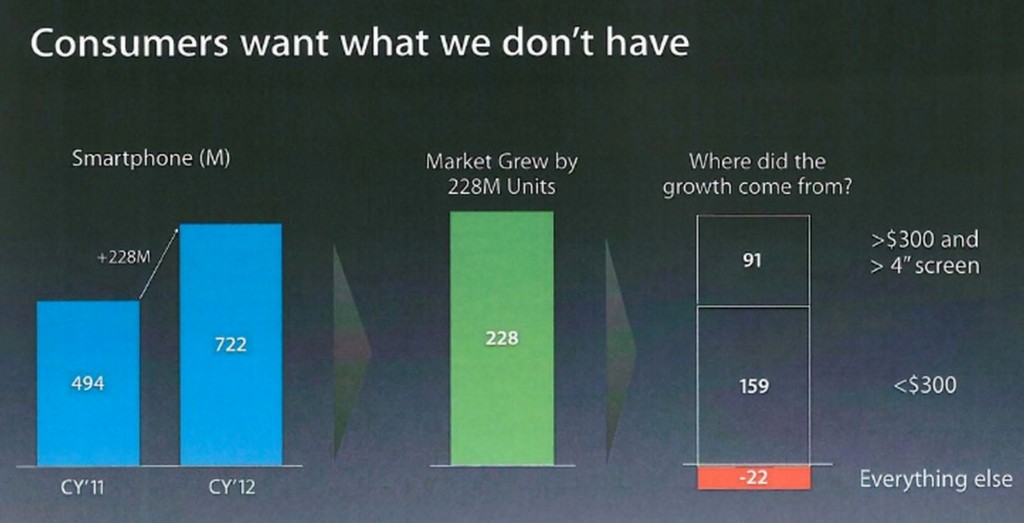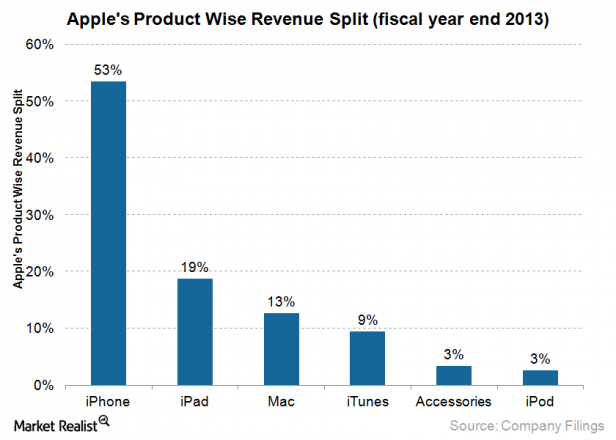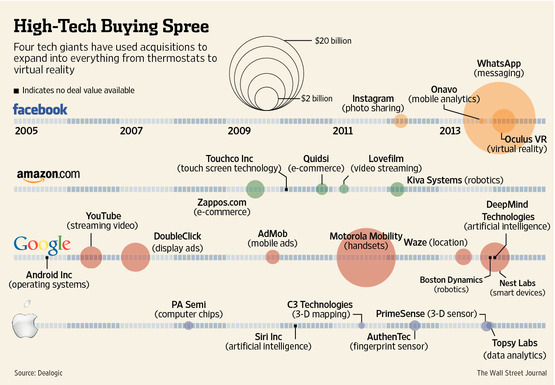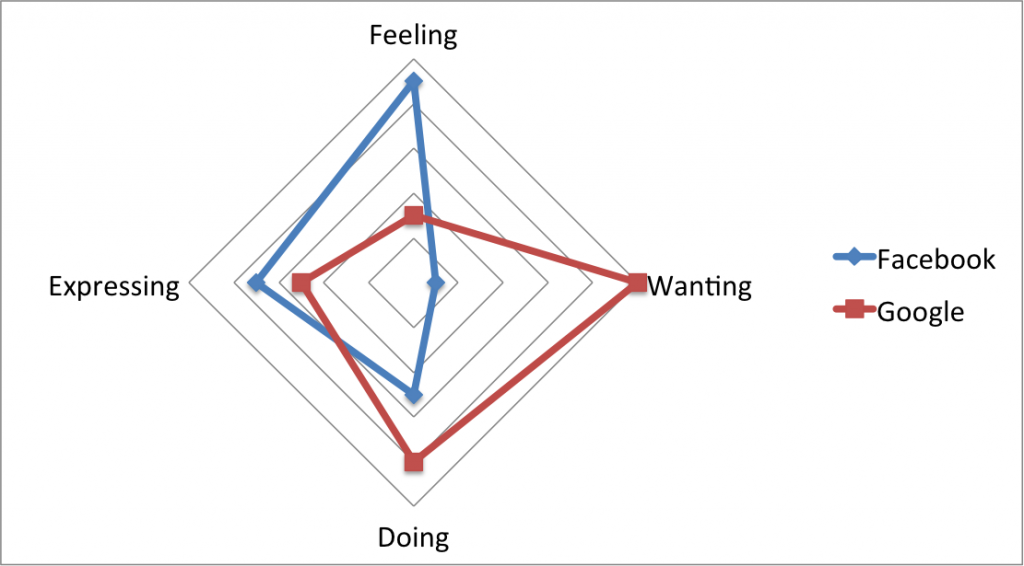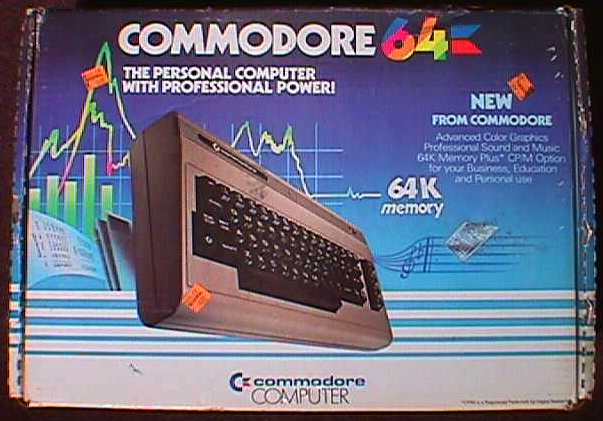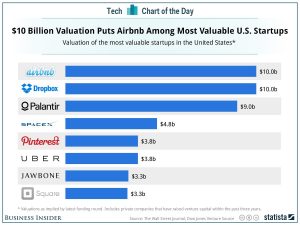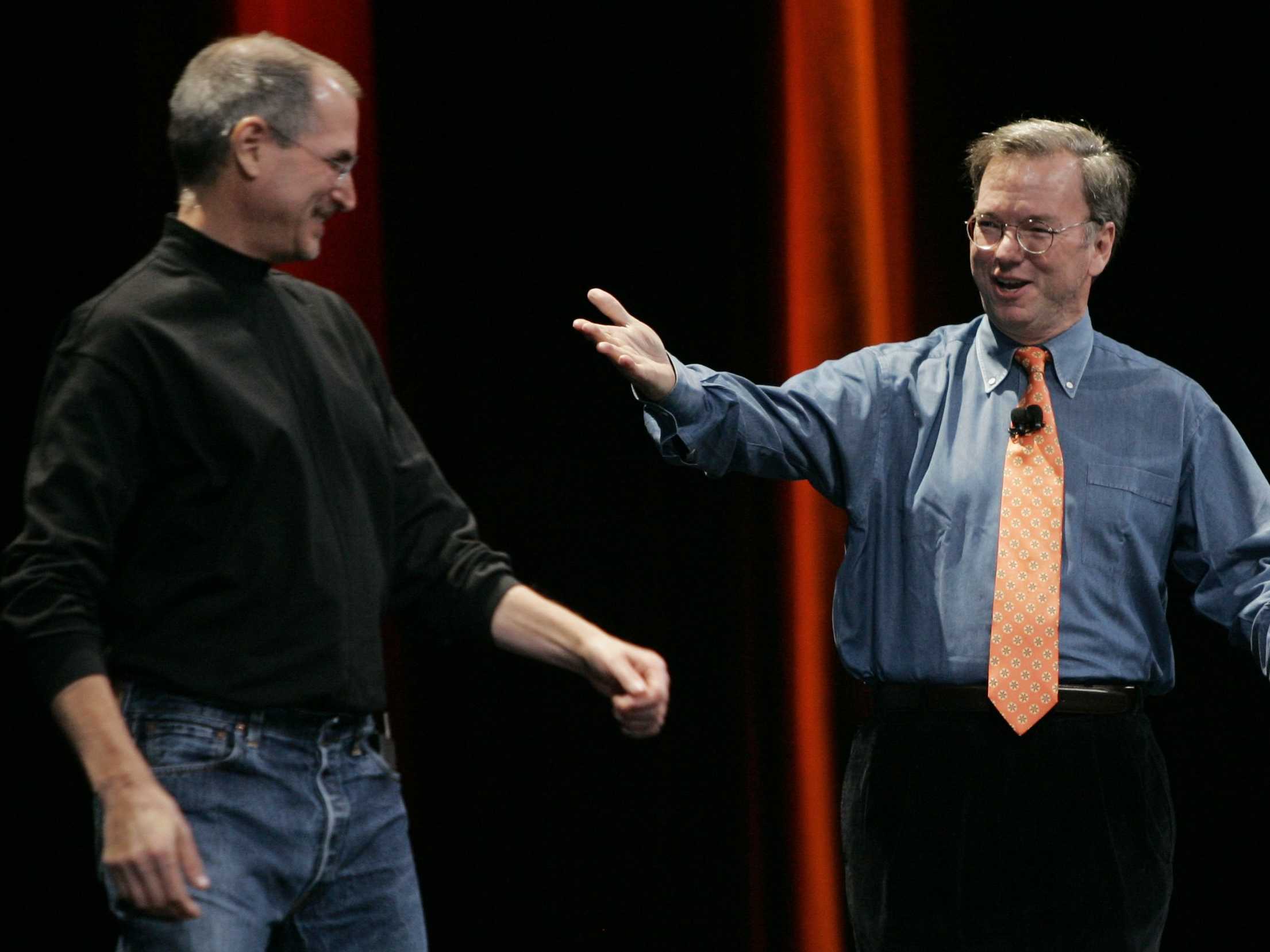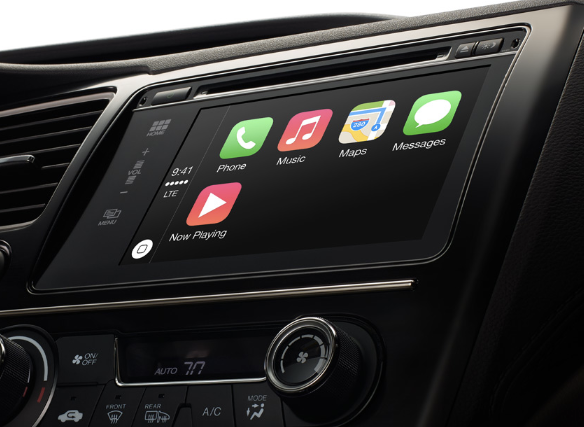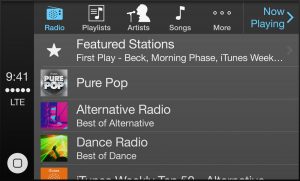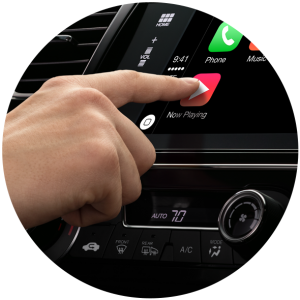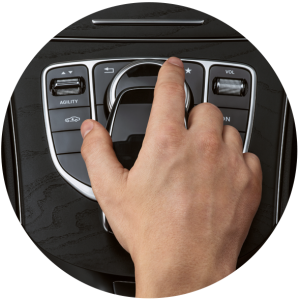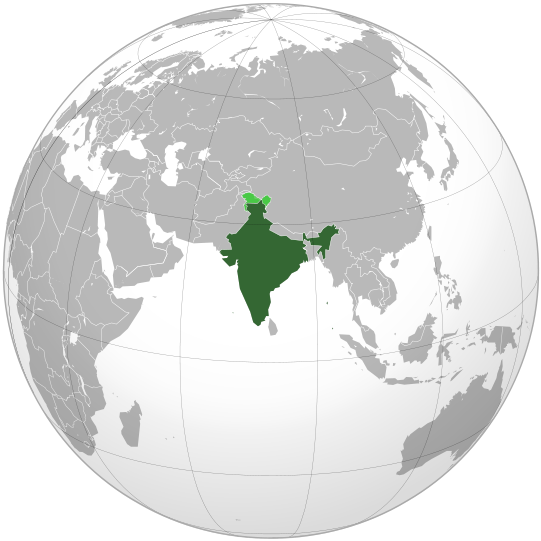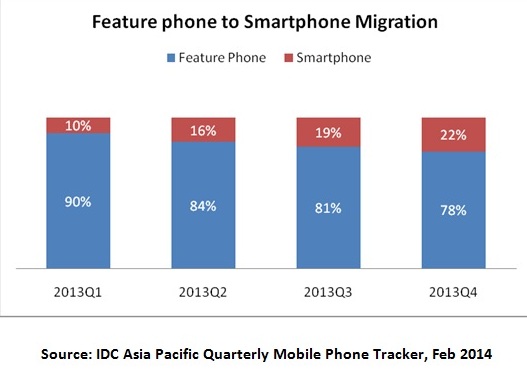I have spent the past three weeks in Detroit, a city possessing a rich history and an unremitting present. The vagaries of Silicon Valley count for little here. When I heard a young man ask — for real — if the Samsung Galaxy S5 was an iPhone or an Android, I knew there was much to glean if I simply put my smartphone down and listened.
Here then are my thoughts, insights and observations from the past one score and one day…
There are no smartphone wars. Rather, just amazing, affordable and truly expansive opportunity. Android versus iPhone means nothing to nearly everyone I speak with.
It is hard to overstate just how much television will be disrupted by the combination of children, tablets and YouTube. Free, always accessible content uniquely tailored to their own self-driven interests, available from any location is now possible — and the young will accept nothing less.
Facebook, not smartphones, not telcos, not automobiles, not Disney or ESPN, is connecting the world. Facebook is the new oil. If there is any ‘next Steve Jobs,’ it is Mark Zuckerberg. For whatever confluence of reasons, Zuckerberg divined the power of social media from the start, just as Jobs did with computing. No matter how rich, no matter how many struggles, I expect Zuckerberg to devote the remainder of his life to Facebook and all it represents.
There is middling outrage over the Facebook ‘user emotion’ study. As for me, this represents little more than A/B testing. In fact, I’m more angry over the iPhone keyboard. It’s so terrible. Is this some sort of secret Apple study? I mean, what other possible reason could there be?

I am in the place where cars and mass production altered the course of humanity. Now, it is smartphones, social media, mapping, and code; these are re-making the planet as much as the automobile did in the 20th century. We are at the start of a new future. That’s just awesome.
I was often asked the best way to become a professional writer. It’s such an easy question to answer.
Marry well.
Oh, and should you be so fortunate to have an opportunity to write about what you love, for an organization with no concern for page views and provocation, as I am at Tech.pinions, then do not fritter away such a blessing.
I first learned about the SCiO from Techpinions. Point this device at a piece of fruit for example, and it will tell you what it is and even provide data on its composition, such as how much fat and carbs the item contains. Every single time I read more about this device, I think it is absolute magic. I told so many people about it that I now desperately hope it works as advertised.

I have nothing but good things to say about the Amazon Fire Phone. Yet, I can’t possibly recommend it to anyone. Why would I? In the US, at least, there is almost no reason to recommend any smartphone other than the iPhone or the Samsung Galaxy.
Microsoft’s Windows Phone faces a similar fate as Amazon’s Fire. Fair or not, can you imagine any outcome for Windows Phone other than failure? How does Microsoft start over? What amazing technologies, hardware and combination of services can they possibly deliver to make the world care about a device that is not iPhone or Android? I do not have the answers.
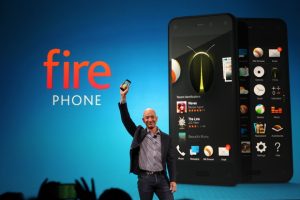
If I were in charge of Microsoft I would simply continue to make quality devices, offering great Nokia design, great Nokia imaging, incorporating Skype, OneDrive, HERE, Office and other Microsoft-owned products and services. Plodding along, hoping more and more Android vendors exit the business, picking up the scraps, all while leveraging my enterprise install base and security, identity and productivity tools, hoping users discover my superior value.
It won’t help. The smartphone market is lost to Microsoft.
The screen market, however, is barely in its infancy. Microsoft should forget smartphones and focus instead on screens. Screens will become like power outlets, we only notice them when they cannot be found.
Perhaps no company — not Apple, not even Google — possesses the breadth of services Microsoft offers. The problem, of course, is these services are not exposed for all the world to use. They are locked inside unwanted PCs, shoved inside tablet abominations, buried beneath the content we actually seek from our Xbox systems, sold mostly to IT directors, attached to products and platforms we do not need, and hidden behind an incomprehensible UI. Microsoft has built an anti-moat around its services, not locking us in but keeping everyone out.

The World Cup has introduced to millions the joys of live sports streamed to our smartphones and tablets. This is so in Detroit and around the country. It has never been more clear we all want to watch what we want to watch when we want to watch it where we want to watch it and on the device we want to watch it on. This is simple, obvious and unstoppable. It’s only a matter of time before we have a difficult time explaining to our progeny how it ever could have been anything else.
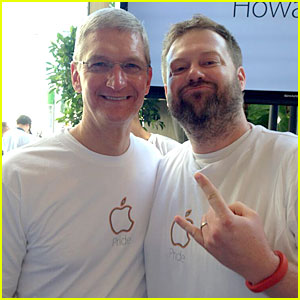
Last week, Apple CEO Tim Cook very happily took part in the San Francisco Pride Parade. Also, Hobby Lobby successfully won the right to provide only certain forms of contraception for its employees. What do these have in common?
Values equal profits.
Companies are publicly declaring their values, even going to court to defend and promote their values. This is only start. The technologies of Silicon Valley are breaking down barriers, bringing corporations to their knees and empowering individuals and groups around the world. With smartphones in hand, with continuous, real time, location-aware connectivity always available, we become our own corporations — with Uber, AirBnB and others merely pointing the way. We will work for ourselves and we will live by our values.
This is good. But it will be messy. Very messy.
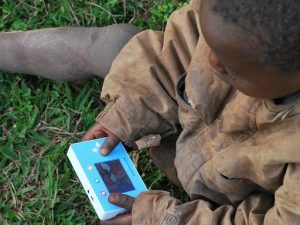
Hype aside, can you envision a situation where you use Bitcoin over, say, your iPhone ‘wallet’ linked to your secure iTunes payment data? iPhone offers ease of use and peace of mind. That’s a powerful combination. Still worse for Bitcoin, is that it is essentially digital cash in a world addicted to easy credit. Learn about the blockchain. Bitcoin itself is merely a bystander.
Given Android’s headstart in wearables, it’s hard to see Apple winning any wearable app wars. Given the limitations of its market reach, it’s similarly difficult to see Apple winning the “smart home” market without buying its way in. Sonos would be a good start.
Smartphones are borderline magical. That said, the iPhone 5s battery and the HTC One (M8) camera are embarrassingly bad.
In the past week, I’ve rented two movies from iTunes. I failed to finish both in the first sitting and was not able to watch either until after 24 hours later. iTunes refused, insisting the rental period had expired. This was true, though did not mitigate my anger. I may abandon iTunes rentals altogether. The lure of non-legal downloading is strong.
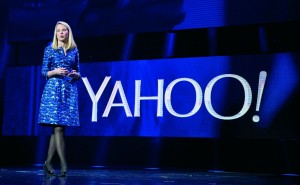
How much of Yahoo’s Alibaba riches is Marissa Mayer prepared to spend to get us to visit Yahoo? I suspect all of it. Nowhere I go does Yahoo seem to matter.
Idle prediction: Apple will not kill off the iPhone 5/c/s form factor this year, nor will Apple offer three simultaneous iPhone form factors. Yes, that means I am predicting only one large-display iPhone.
Not a prediction, just a thought experiment: In 2024, when a chid is born, they will be assigned either an Android or an iPhone. This will control everything.
There will be over 1 billion (American) Android activations this year, and several hundred million (Chinese) Android (AOSP) activations. Android is a stunning success story. All those involved in Android have long since earned our respect. That said, some analysts, bloggers and even industry insiders still have not grasped the obvious: Smartphones are the first screen. Smartphones are the primary computer.

The CEO of Yahoo is female. The CEO of HP is female. The #2 at Facebook is female. A man runs Android, the world’s most popular OS. He is from India. The CEO of Microsoft is from India. The tech sector points the way forward not only with its products.
Be smart. Work hard. That’s true everywhere.
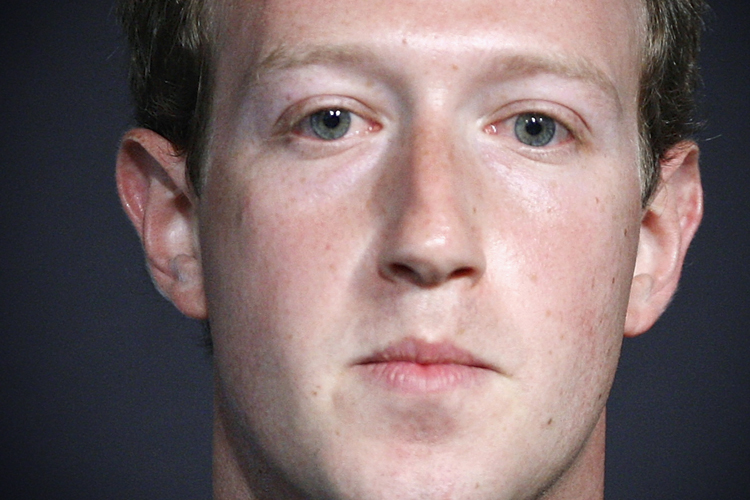
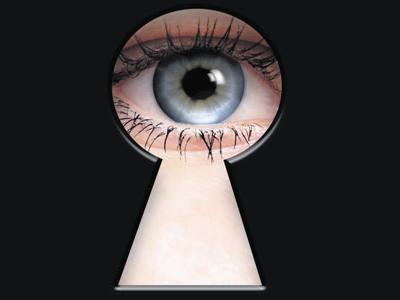

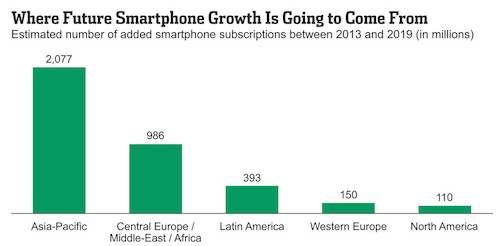
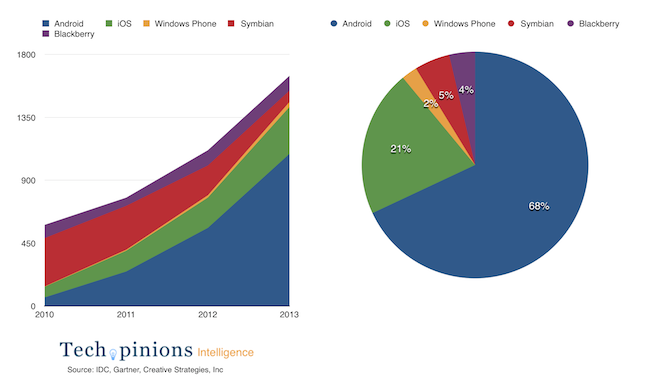
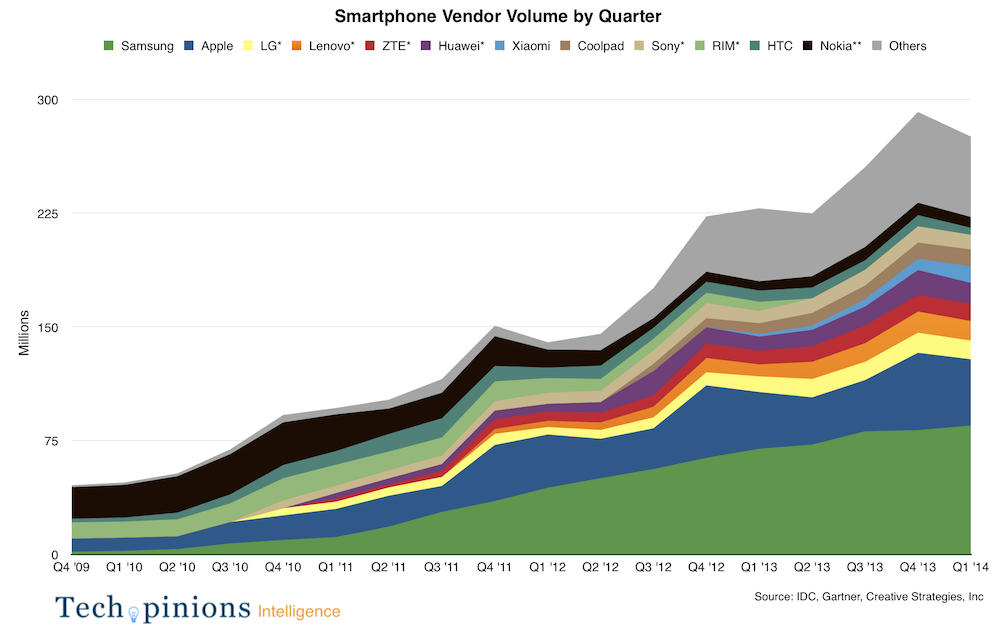
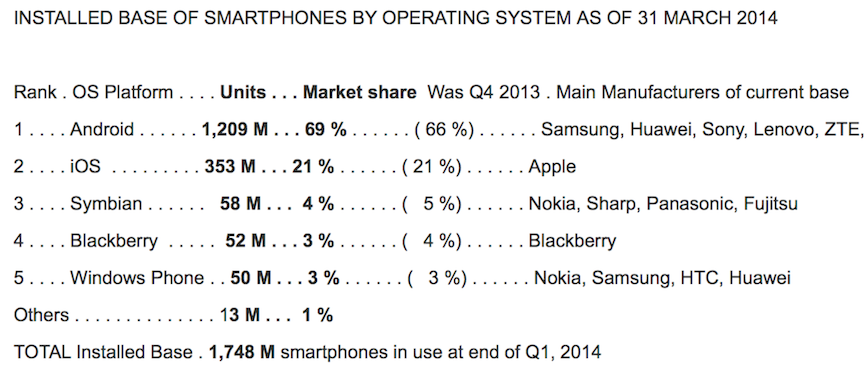







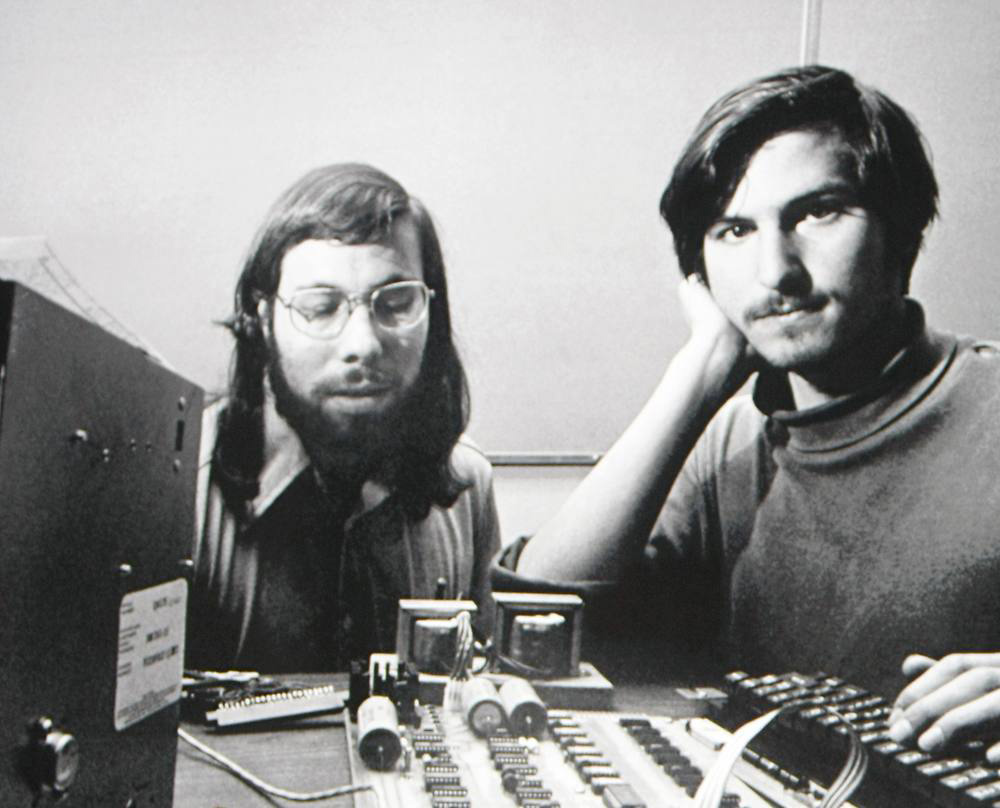
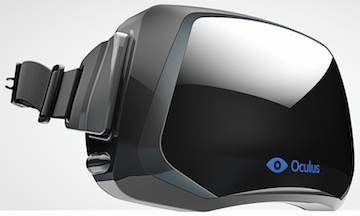




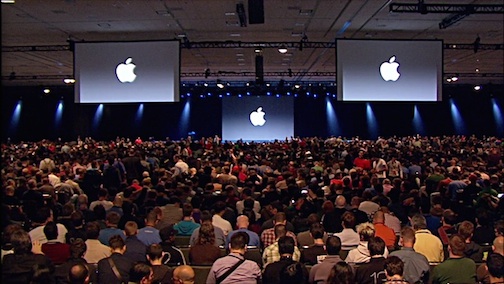

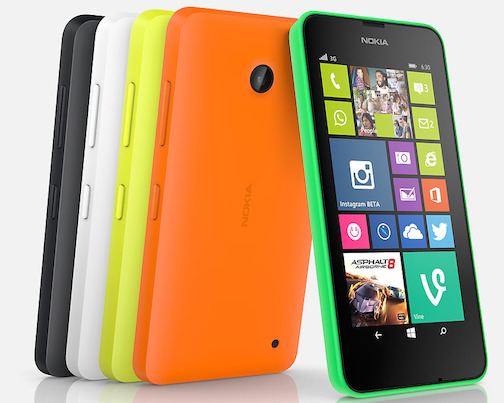
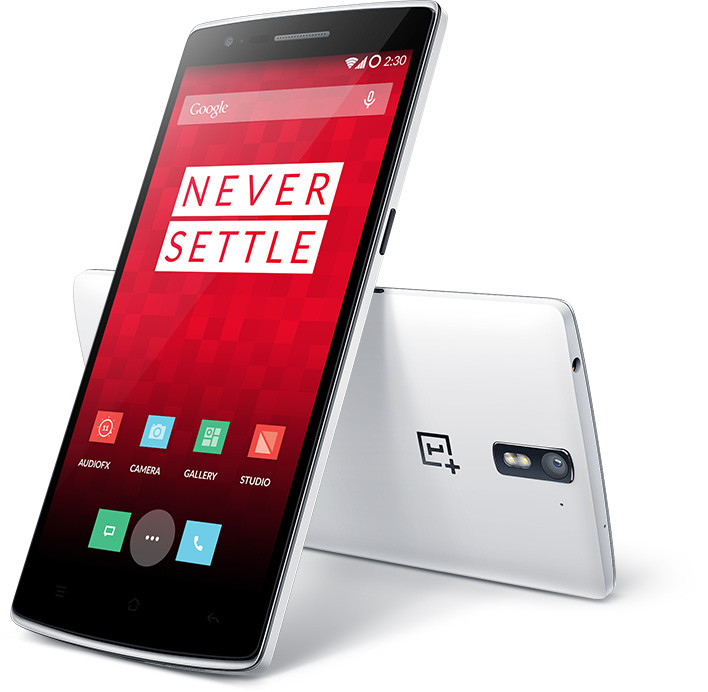



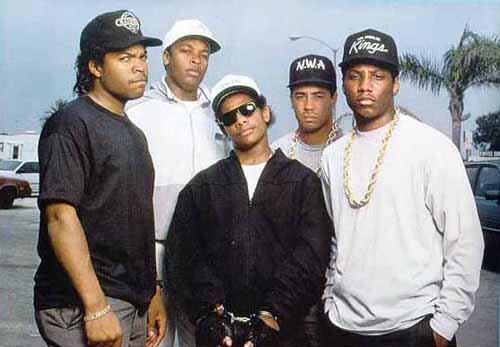

 I suspect they can offer this because you will soon discover you have agreed to purchase far more than you really need. Win for them, less so for you. Plus, if you are subscribing to Amazon — for anything — you can’t spend that dollar anywhere else. Share of wallet and all that.
I suspect they can offer this because you will soon discover you have agreed to purchase far more than you really need. Win for them, less so for you. Plus, if you are subscribing to Amazon — for anything — you can’t spend that dollar anywhere else. Share of wallet and all that.